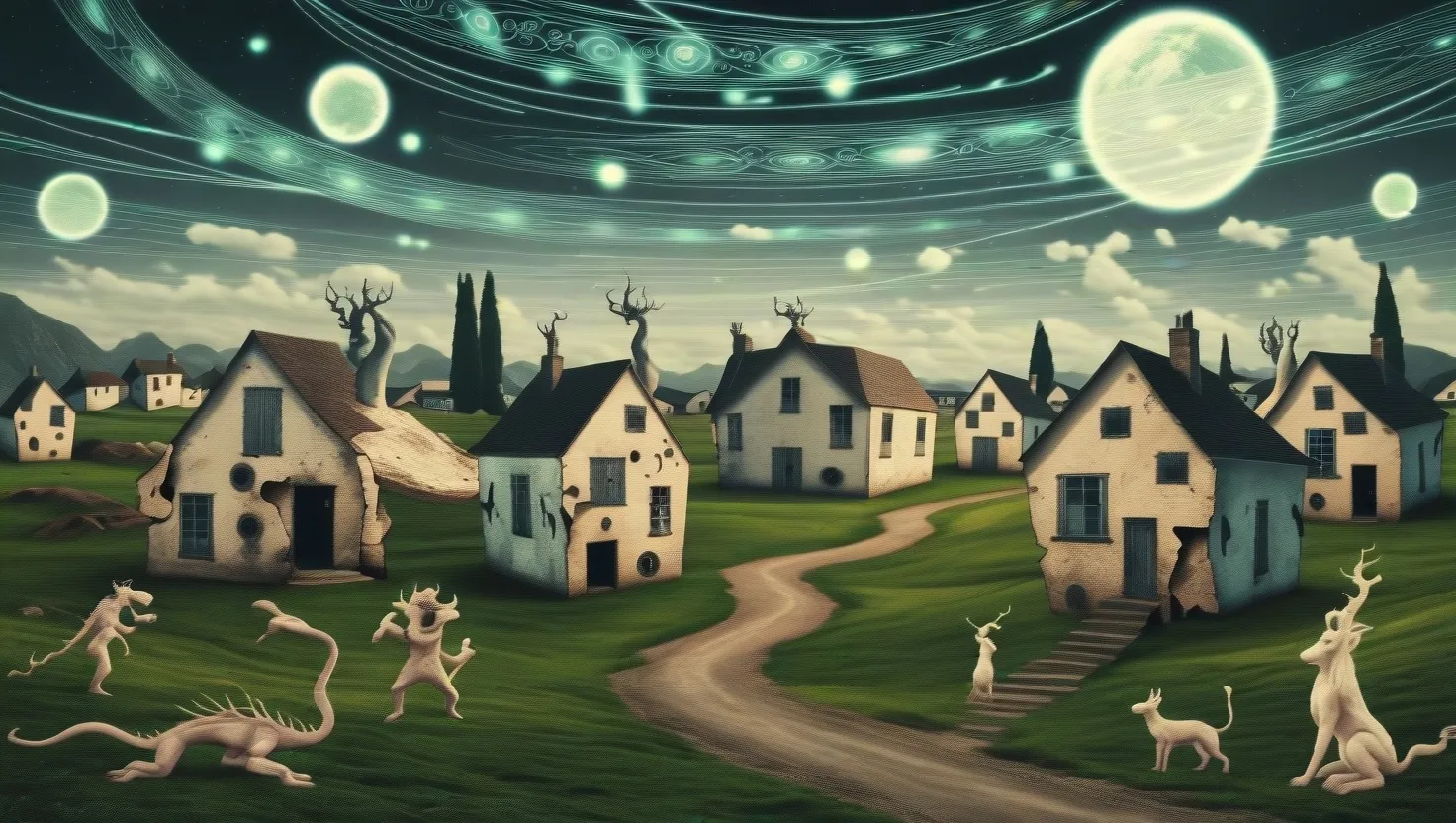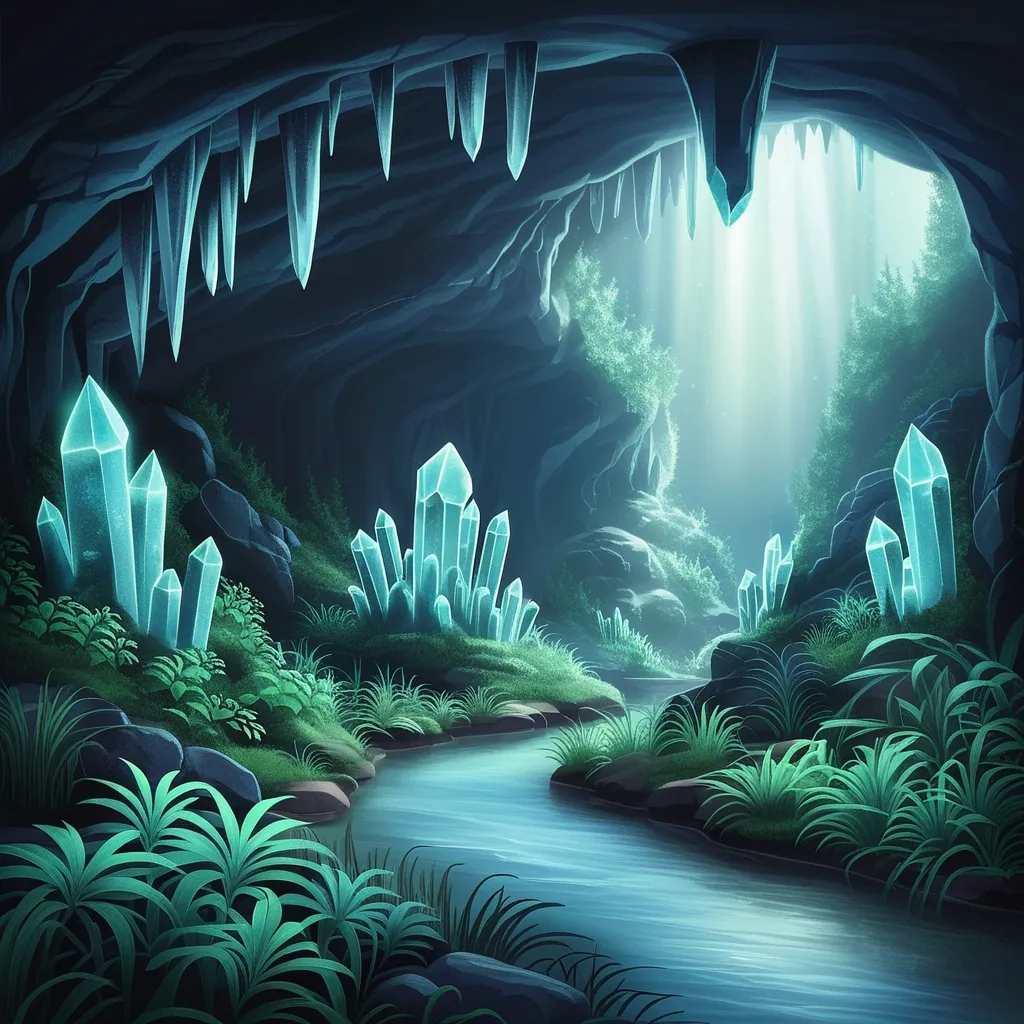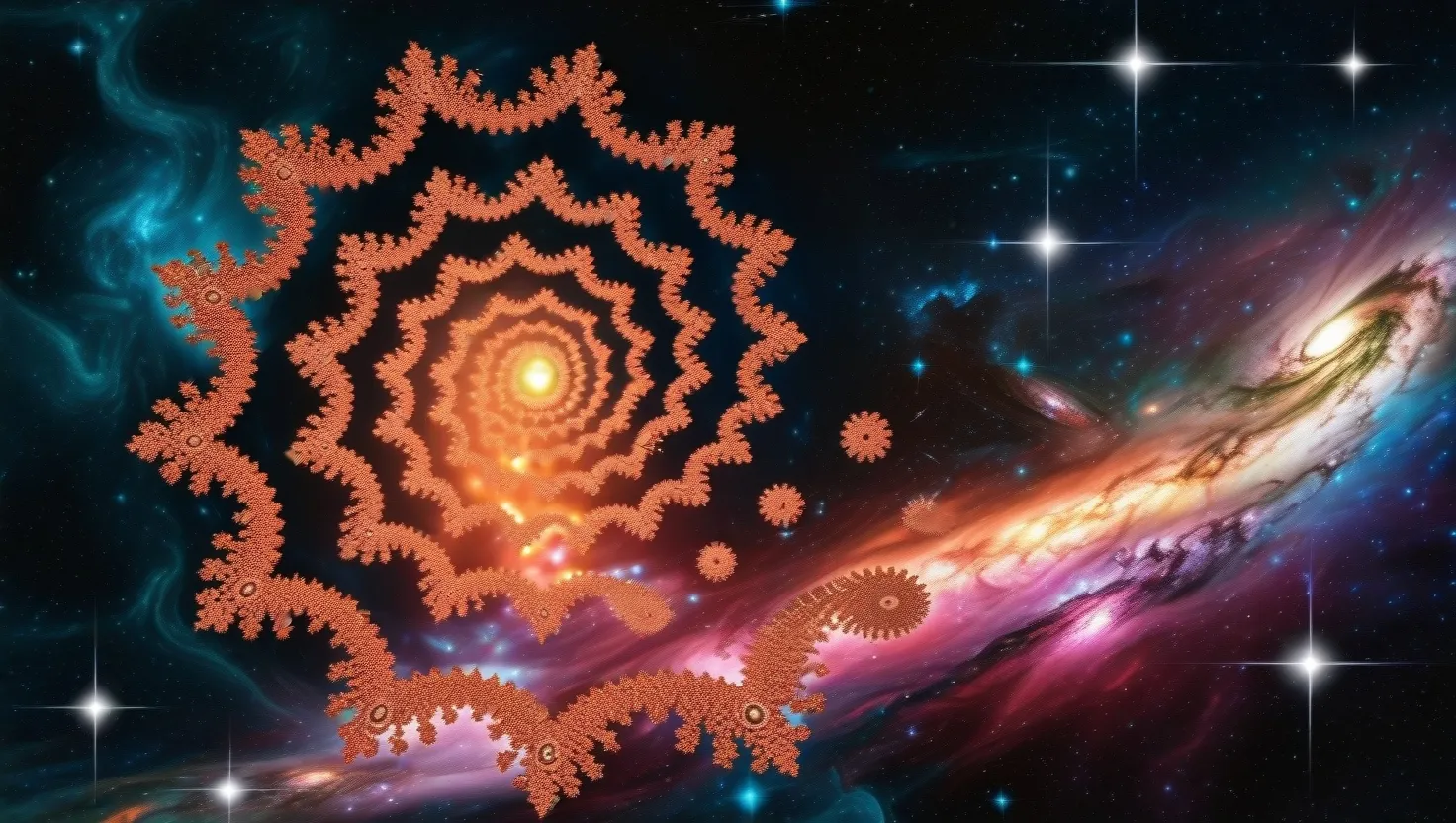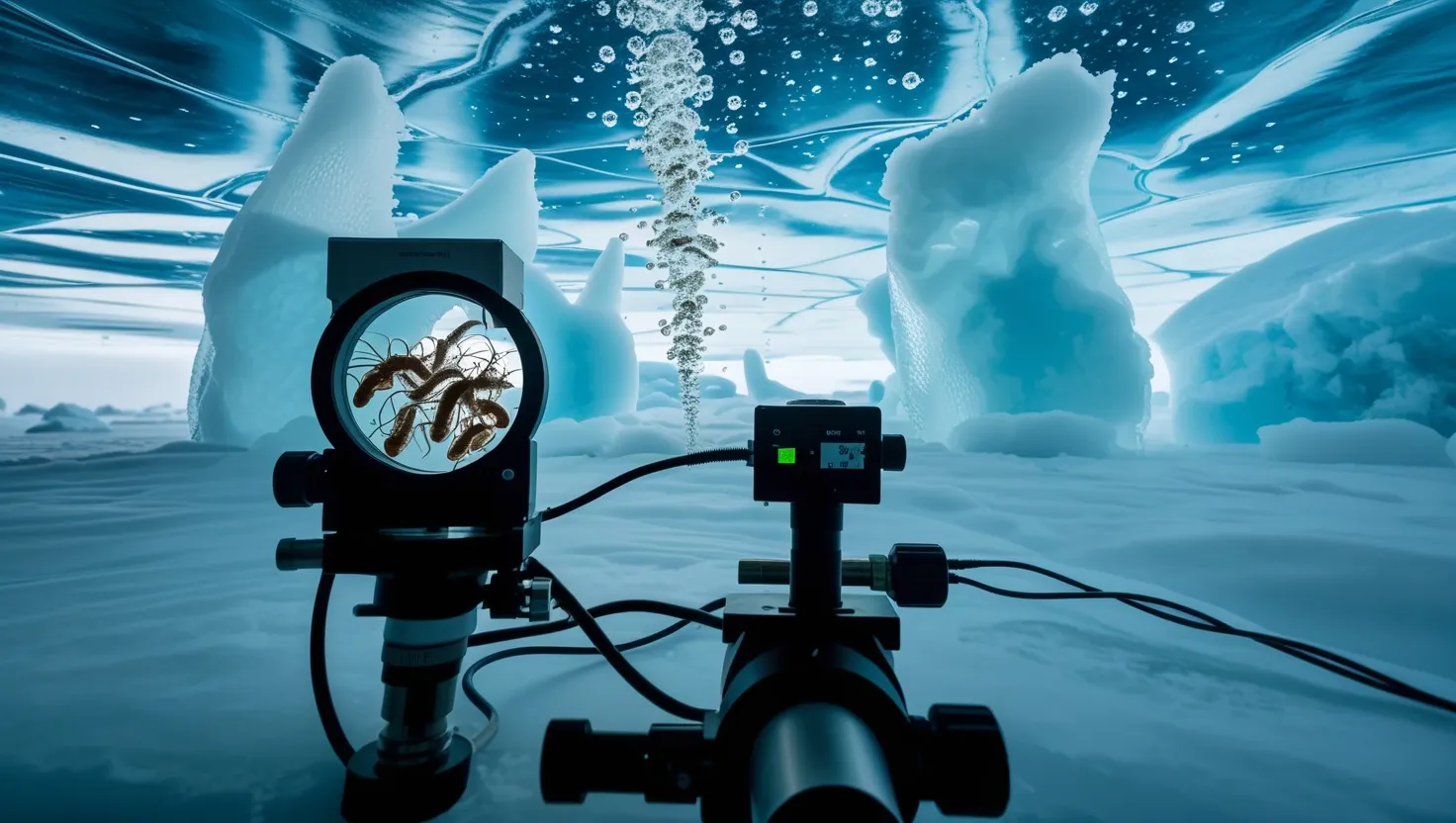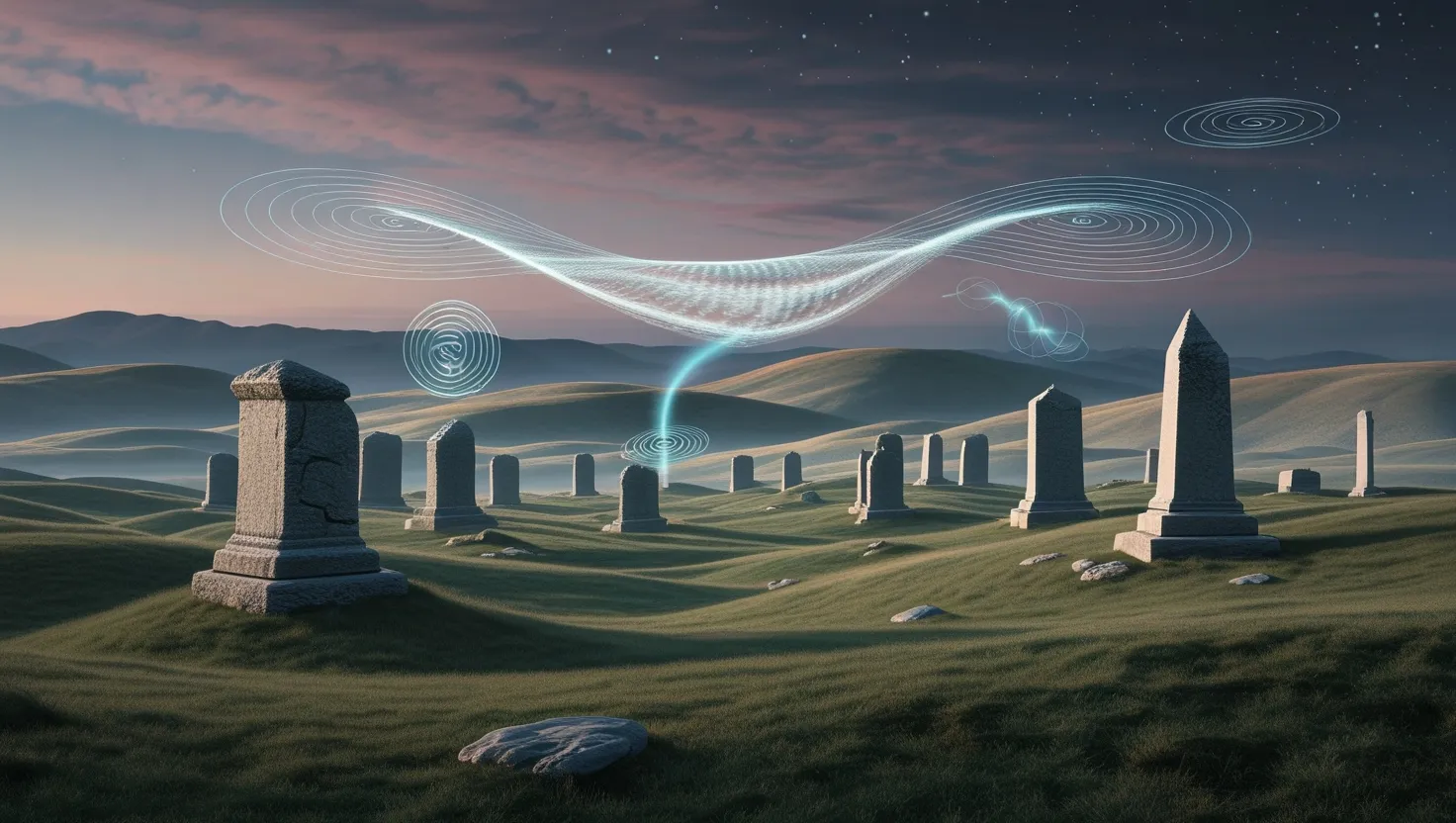In the quaint French village of Douzaines, a mysterious event in 1972 left an indelible mark on the lives of its residents and the annals of psychological and neurological history. For 48 hours, over 200 people reported experiencing vivid, simultaneous hallucinations that defied explanation. The descriptions were as bizarre as they were uniform: mythical creatures roaming the streets, buildings transforming before their eyes, and luminous patterns dancing across the sky. Many felt weightless, and time seemed to warp and bend in ways that challenged the fabric of reality.
As I delve into this enigmatic incident, I am reminded of the words of Carl Jung, “The collective unconscious contains the whole spiritual heritage of mankind’s evolution born anew in every individual.” But what could have triggered such a collective and intense experience?
Initial investigations into the Douzaines Incident were straightforward, if not a bit simplistic. Researchers suggested mass hysteria or contaminated food as possible causes. However, the sheer uniformity and vividness of the hallucinations across diverse individuals made these explanations seem inadequate. It was as if the entire village had stepped into a shared dream, one that was both vivid and terrifying.
The turning point in understanding this event came with the declassification of military documents. It was revealed that nearby military facilities had been conducting experiments with aerosolized psychoactive compounds around the time of the incident. This sparked a flurry of speculation: could the Douzaines Incident be the result of an accidental release or even an intentional testing of these compounds on civilians?
The idea of covert experiments raises unsettling questions. If the military was indeed involved, what were their intentions? And how could they have predicted the uniform and intense nature of the hallucinations? These questions linger, much like the haunting words of Aldous Huxley, “The propagandist’s purpose is to make one set of people forget that certain other sets of people are human.”
Beyond the military angle, some researchers have proposed more esoteric explanations. Rare atmospheric phenomena, possibly linked to electromagnetic anomalies or solar flare activity, could have played a role. This theory suggests that the village might have been affected by some external environmental factor that altered the residents’ perception of reality.
Others have ventured into even more speculative territory, suggesting temporary mass telepathy or even a glimpse into a parallel dimension. While these ideas may seem like the stuff of science fiction, they highlight the complexity and mystery of the human brain and its capacity for shared experiences.
As I ponder these theories, I am drawn to the concept of mass formation psychosis, a phenomenon where a society becomes decoupled and focuses its anxiety on a single point, much like hypnosis. However, the Douzaines Incident does not fit neatly into this category; it lacks the central leader or event that typically characterizes mass formation psychosis.
The Douzaines Incident remains a fascinating case study, challenging our understanding of shared experiences and reality itself. It prompts us to ask: What is the nature of collective consciousness? Can external factors, whether environmental or man-made, alter our perception of reality on such a grand scale?
As research into altered consciousness and electromagnetic effects on the brain advances, the events at Douzaines continue to offer intriguing possibilities for scientific exploration and speculation. The incident serves as a reminder that our understanding of the human mind is still in its infancy, and there are many mysteries waiting to be unraveled.
In the words of Sigmund Freud, “The uneducated man is more of a realist than the educated man.” Perhaps the residents of Douzaines, in their unguarded moments, tapped into a reality that lies beyond our everyday perceptions. Whether this was due to environmental factors, military experiments, or something entirely different, the Douzaines Incident stands as a testament to the complexities and mysteries of the human experience.
As we continue to explore this incident, we are left with more questions than answers. What if the hallucinations were not just a product of external factors but a glimpse into a deeper, collective unconscious? What if the residents of Douzaines were not just victims of some experiment or anomaly but participants in a shared journey into the unknown?
The Douzaines Incident is a reminder that reality is not always as it seems, and sometimes the most inexplicable events can lead us to the most profound insights. As we delve deeper into this mystery, we are forced to confront the limits of our knowledge and the boundless potential of the human mind.
